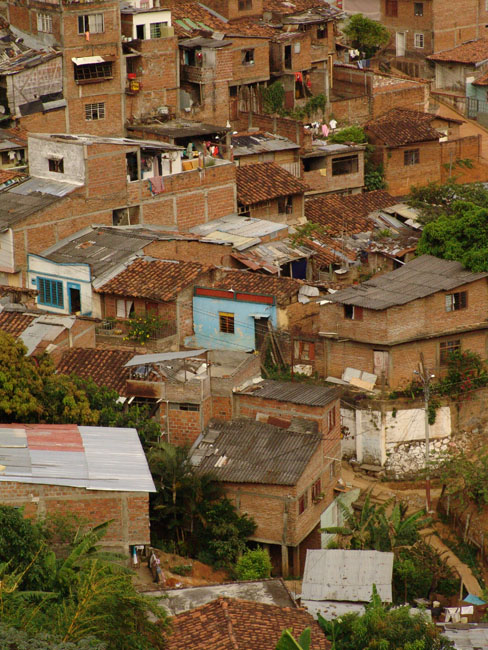Risk management: A development issue
Due to the existing reality and the issues related to facing disasters and emergencies in Latin American and Caribbean countries, it is imperative to place emphasis on risk management through the efficient use of academic, technological, socio-natural and environmental resources, with one sole purpose: to further development.
Understanding and analyzing disaster-related issues from an interdisciplinary perspective contributes to improving risk management. Although on occasions these might appear different from economic issues, it is however possible to address both through the application of adequate instruments.
Risk management has become increasingly important in the region —where resilence to disasters is a common factor. This is demonstrated by State policies relating to disaster preparedness and response that are being applied in countries throughout Latin America and the Caribbean.
This ongoing work can be seen as part of the activities proposed by the Hyogo Framework for Action 2005-2015, as well as by the program titled “Disaster Prevention in the Andean Community of Nations” (PREDECAN), the Coordination Center for Natural Disaster Prevention in Central America (CEPREDENAC), the Pan-American Health Organization (PAHO-WHO), and the International Federation of Red Cross and Red Crescent Societies (IFRC); the technical support provided by the United Nations International Strategy for Disaster Reduction (UN/ISDR), and the work carried out by the Regional Disaster Information Center (CRID), NGOs, consultants and advisors in risk management and local emergency response groups, such as the Red Cross, volunteer firefighters, brigades and municipal governments.
Risk management requires the willingness and ability of highly committed and trained professionals who have the knowledge necessary to propose solutions and regulations. It also requires research and the application of innovative responses to address increasingly important issues. In order to incorporate spatial and temporal dimensions into risk management, it is also necessary to apply an interdisciplinary approach. In the last few years, regional and global interest in this issue has grown significantly.
Risk management must be regarded as an integral and comprehensive component of global, sectoral, territorial, urban, local, community, or family development processes, in search of sustainability.
Actions and instruments that promote development must also advance safety and risk reduction. Risk management is a cross-cutting approach and a practice that should play a part in all human processes and activities.
The ultimate goal of risk management is to ensure that development takes place in the best possible conditions for safety, and that actions aimed at responding to disasters also promote development.
Professor Lincoln Alayo Bernal
Academic Director, S.O.S Vidas Perú
prevencionpe@yahoo.com
www.sosvidasperu.org
|
|

|
| |
|
Photo: Plan International |
|

